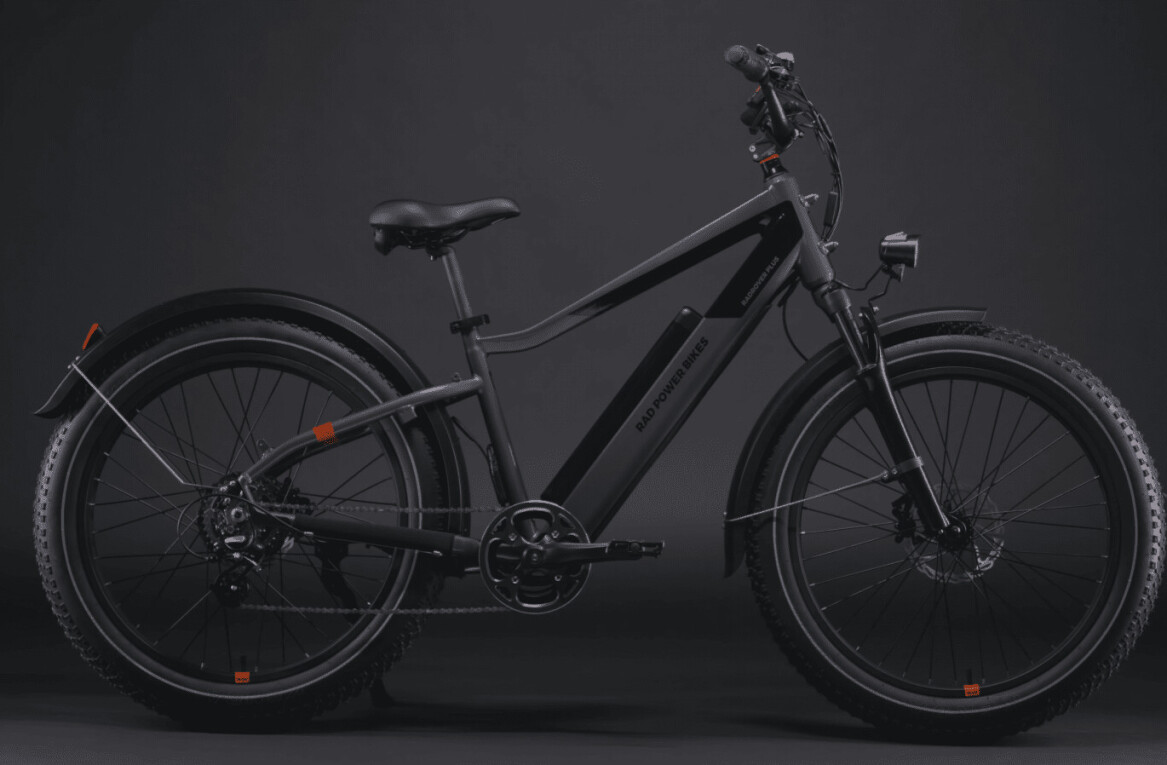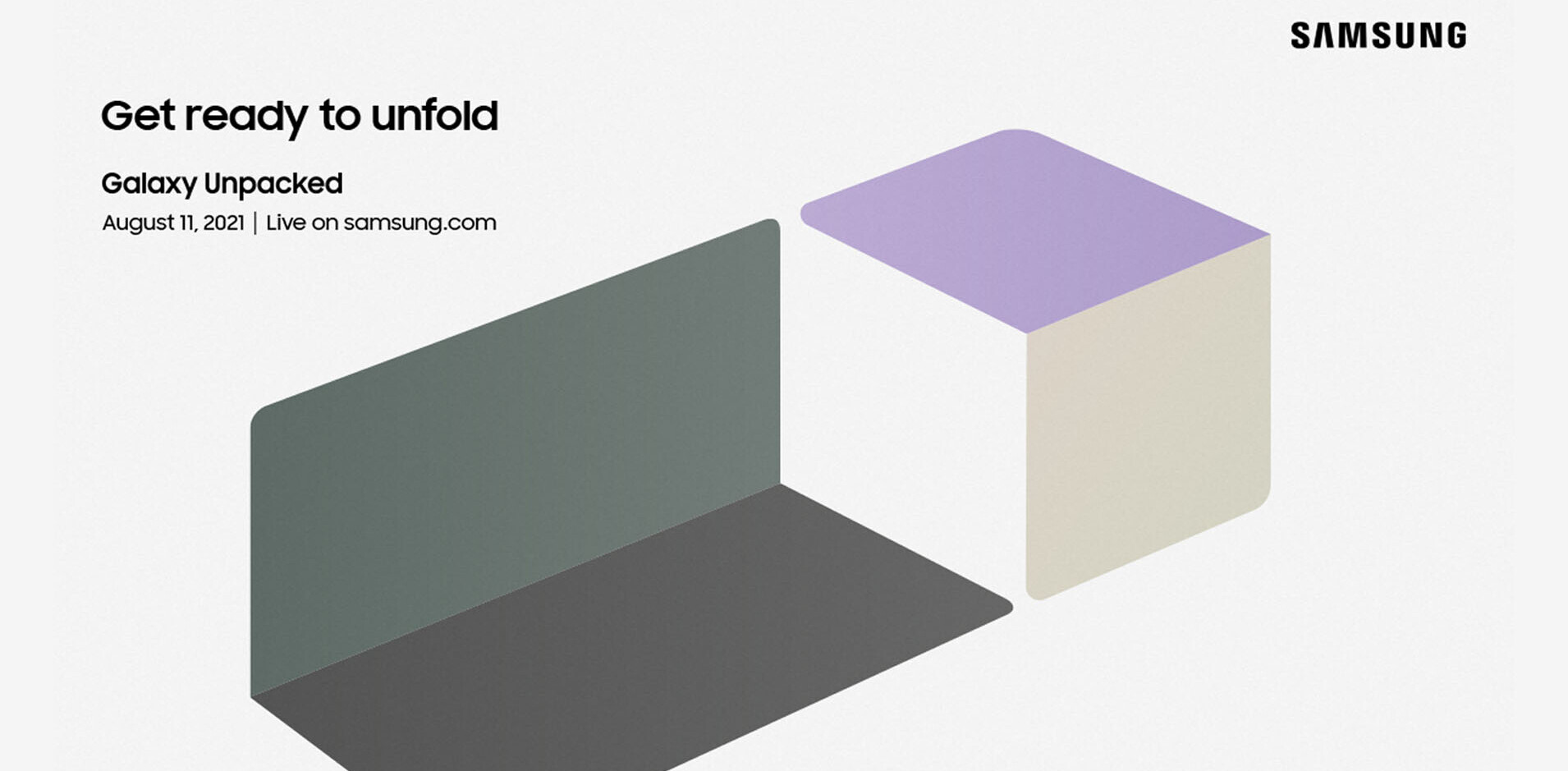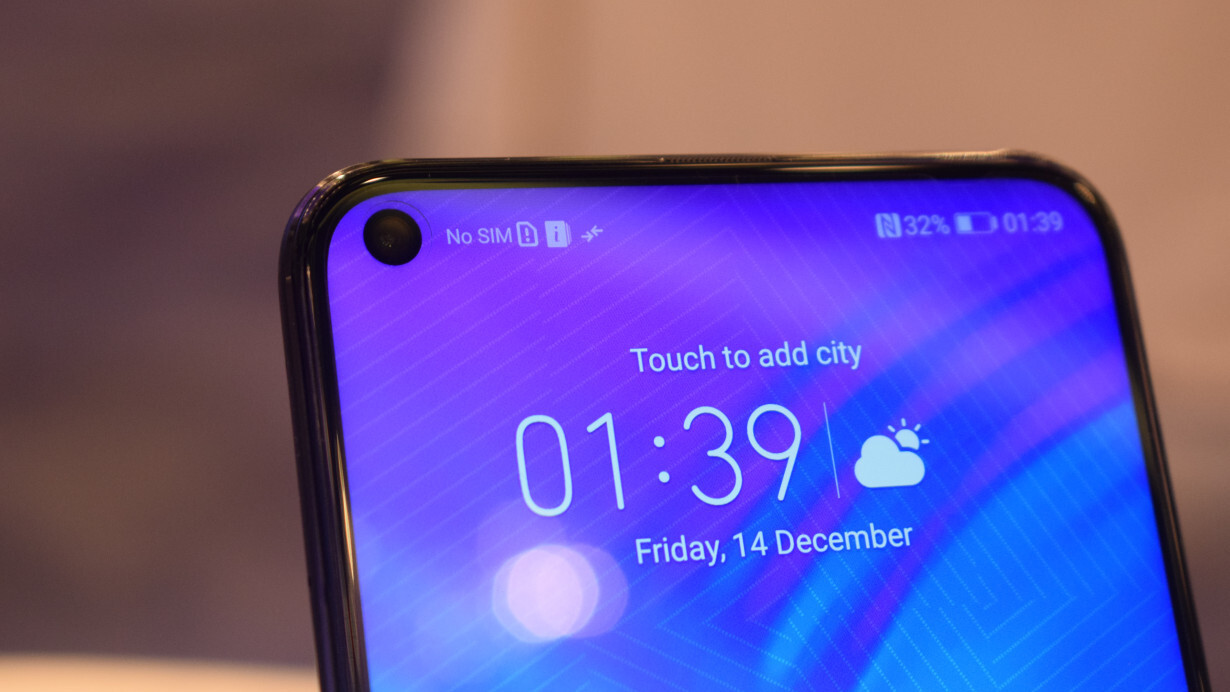
Earlier this month, at a packed-out event in the heart of Hong Kong’s bustling business district, Honor announced its upcoming flagship – the Honor View20.
The Honor View20 is arguably the most important device we’ve seen from Huawei’s ascendant phone sub-brand in a long time, as it ditches the dreaded notch in favor of a selfie camera embedded in the top-left corner of the screen. This allows Honor to achieve an almost absolute screen-to-body ratio.
Crucially, Honor has managed to accomplish this before its bigger rivals. Samsung, most notably, is reportedly working on a phone with an in-screen camera. I’d put good money on there being some Samsung execs in Seoul kicking themselves for being beaten to the finish line.
Honor has been teasing details about the View20 for the past few weeks, a bit like a parent dropping hints about what Father Christmas will bring their progeny. But today the company formally launched the product in Beijing, just weeks after its launch-not-launch, ending speculation of what the finished product would look like.
As TNW’s roving reporter, I flew to China two weeks ago and got my hands – albeit very briefly – on a pre-release model of the Honor View20. You’ll have to wait a few weeks for our full review, but I couldn’t resist sharing my thoughts on this phone, which has arguably the most intriguing form factor we’ve seen on a handset in a long, long time.
The Screen
The Honor View20 has a design that immediately catches the eye – which is somewhat of a rarity nowadays. It’s absolutely stunning from all angles. It’s clear that Honor has taken great pains to ensure that this handset looks every bit as premium as it should.
As previously mentioned, the front of the device consists almost entirely of precious display real-estate, save for the 4.5mm camera hole and a wafer-thin bezel. The screen weighs in at 6.3-inches and comes with a full HD resolution – albeit one that’s a little stretched, since it comes in a slightly long 19.25:9 resolution. While this will undoubtedly please gamers, it’s likely to leave Netflix addicts miffed, as they’ll have to put up with distracting black bars on the periphery of the screen.
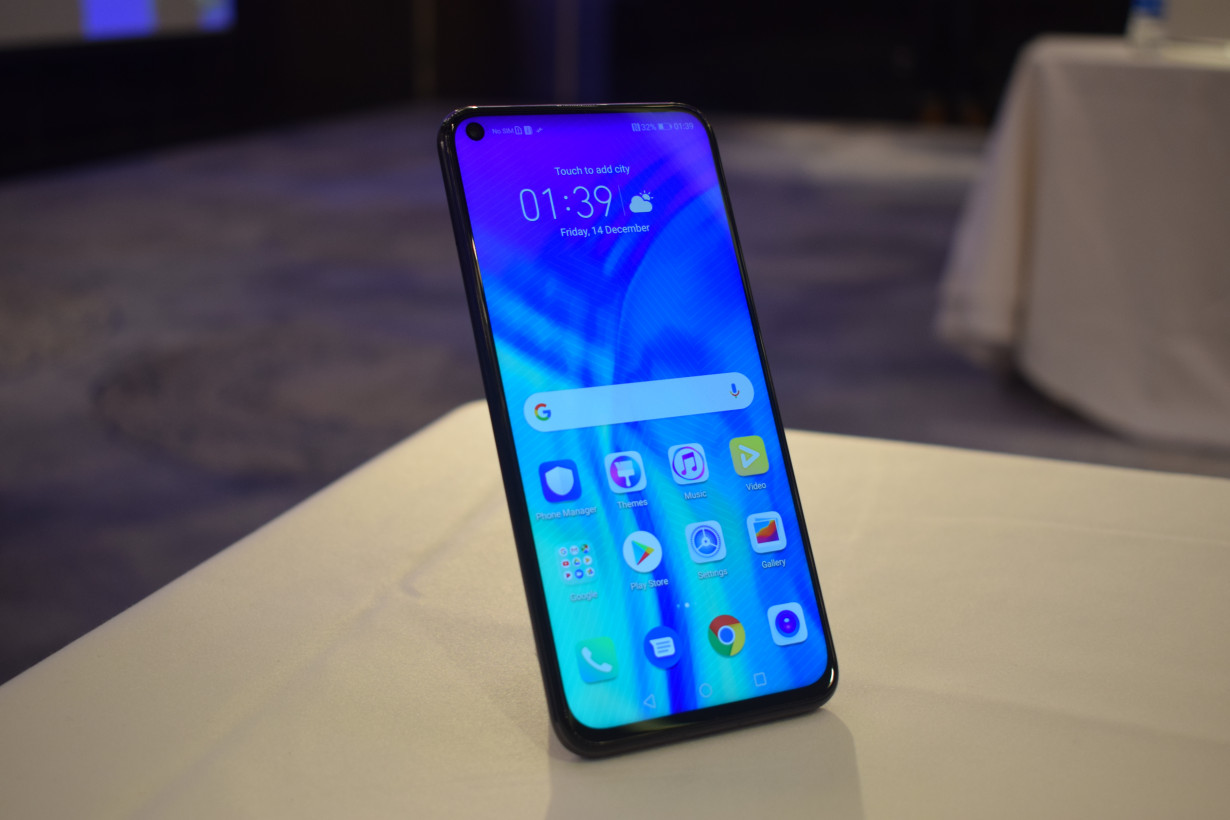
On the flip side, the absence of a notch will almost certainly allow for a more vivid and immersive gaming experience. That seems deliberate, especially considering the emphasis placed by Honor on the mobile gaming market this year. 2018 saw the company launch the Honor Play – a mid-range handset optimized for gaming – as well as its TurboGPU software, which promises both improved GPU performance, as well as better battery endurance.
During a round-table panel at Honor’s Beijing R&D headquarters, a company representative suggested that the placement of the camera hole in the top-left of the screen will ultimately be covered by the user’s thumb during playtime and wouldn’t ultimately interfere with the overall gaming experience.
I should point out that the Honor View20 unit provided to TNW was a little barebones. It didn’t have, for example, any games installed, nor any videos loaded. As such, we won’t be able to delve into the nitty-gritty of how the screen actually performed. For that, you’ll have to wait until January for our full review.
We also don’t know, for example, how well the View20 stands up in terms of battery performance. This is important because pushing pixels to such a large screen will inevitably be power-thirsty.
Honor has confirmed that the View20 comes with a massive 4,000mAh battery, which is a welcome relief. While sheer battery size doesn’t tell the whole story, we’re fairly confident Honor will ultimately deliver decent longevity, thanks to the 7nm SoC used by the View20, and the myriad of battery-saving tweaks found in its software. That said, battery life remains one attribute we will pay close attention to when we publish our final review in January.
The Selfie Camera
The most eye-catching feature of the Honor View20 is its in-screen selfie camera. This is a pretty specular feat of engineering. The hurried photographs I took of the device don’t quite do it justice. It’s absolutely tiny, measuring just 4.5mm. Once you get comfortable with the device, you easily forget that it’s there.
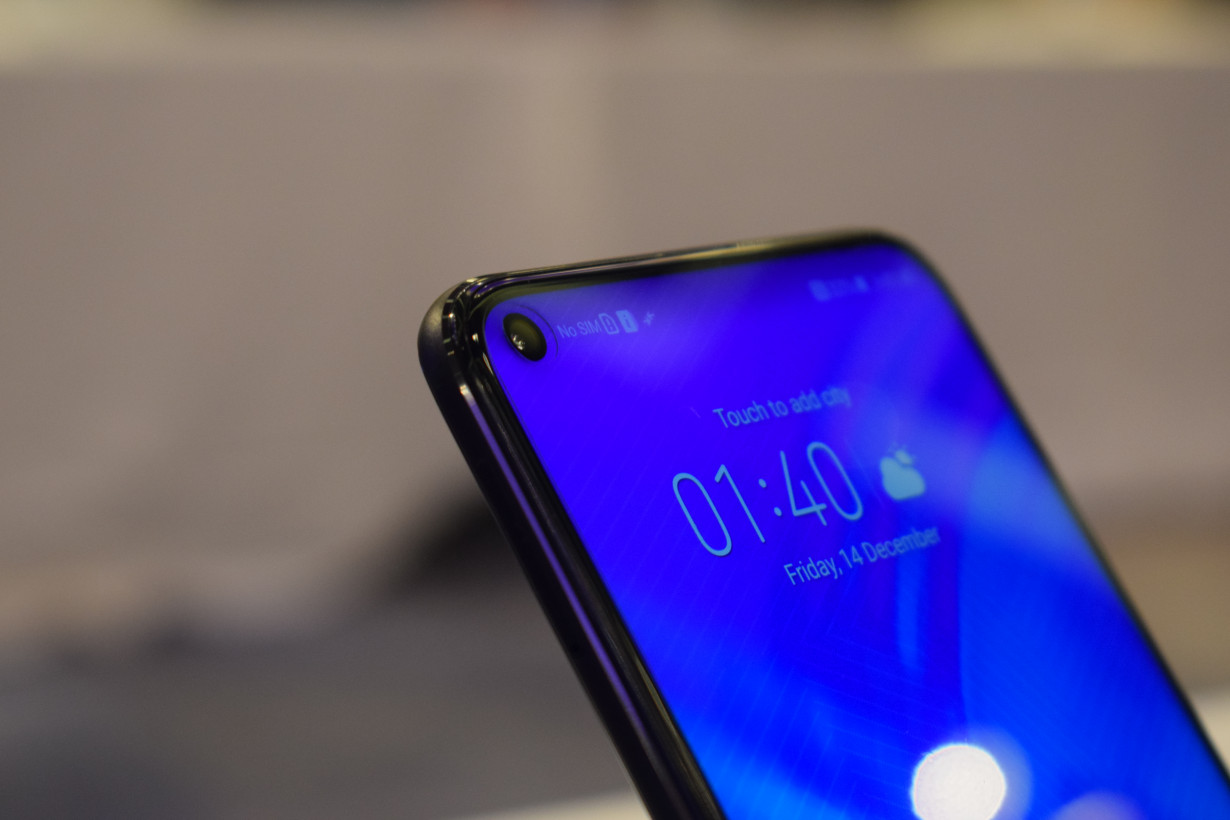
If you’re curious as to how it works, earlier this month we published a brief write-up about how Honor went about building this. In this piece, I’ll give you the Cliff Notes.
Essentially, Honor uses a partially-penetrating design for its front-facing camera. Put simply, this means that the company didn’t merely drill a hole through every layer of the display. Instead, the camera only permeates one layer: the light-guide plate, which sits next to the TFT element.
The advantages to this are three-fold. Firstly, it permits the hole to be smaller. According to Honor, earlier experiments with an all-penetrating design had a diameter of 6.7mm. Secondly, it improves the ruggedness of the display, and makes it less liable to splinter when dropped. Finally, a smaller hole drastically reduces light leakage, which can ruin a potentially-solid selfie.
It’s worth pointing out that there’s a significant downside to this design when compared with the now-standard notch. The small aperture for the selfie camera means there isn’t room for anything else – like a secondary front-facing camera for those all-important bokeh filled selfies, or a facial-recognition sensor.
The Back of the Phone
Over the past year, I’ve noticed that Honor’s placed a significant amount of emphasis on making the back of their phones look amazing. Released in July, the classy Honor 10 boasted a curved rear constructed from 15 layers of 3D “Aurora” glass that literally shimmered.
Even its low-end devices are stunning. The bargain-basement Honor 8X, for example, had a truly dazzling textured back that wouldn’t have looked amiss on a more expensive device.
You’ll be delighted to know that the Honor View20 is no exception. The rear of Honor’s upcoming flagship phone produces a stunning chevron effect that moves across the device as light catches it. I’d be lying if I said I didn’t spend a fair chunk of time engrossed with this.
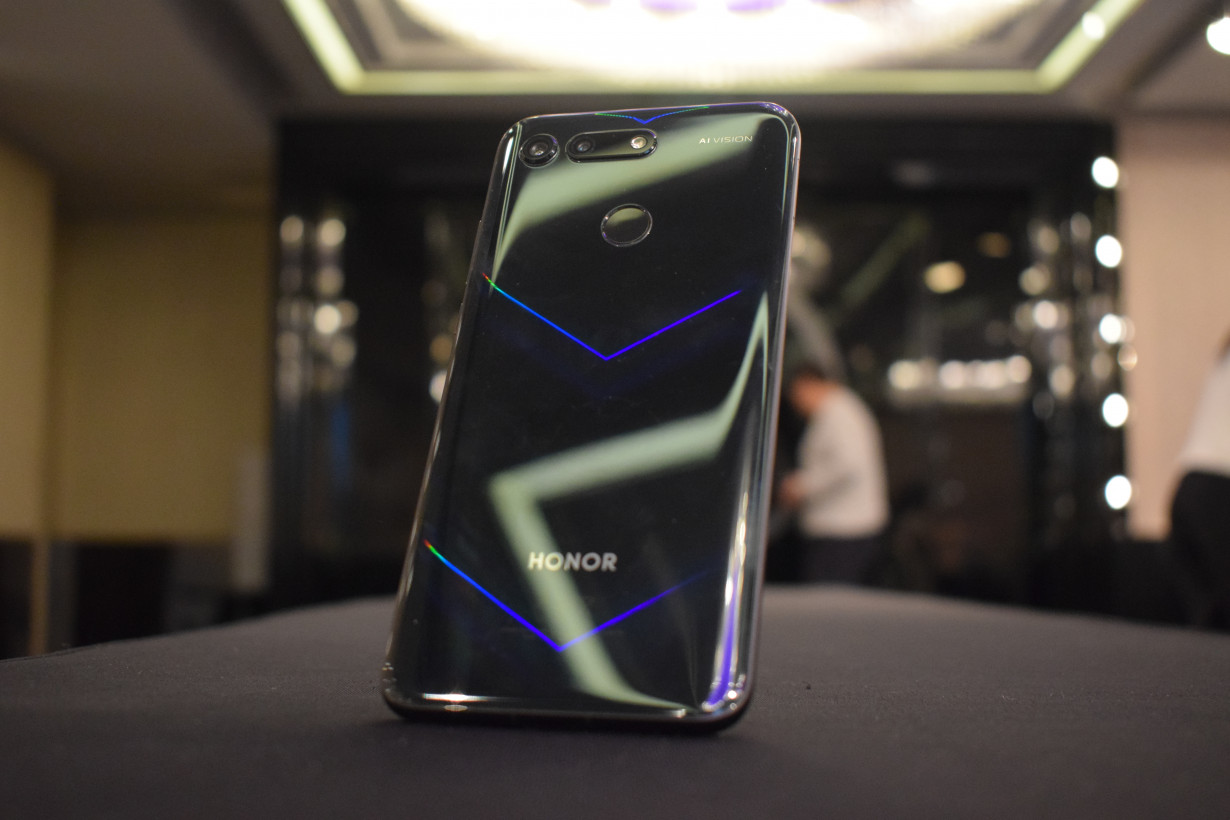
Elsewhere, you’ll spot the phone’s dual-camera setup (we’ll get to that later), as well as the flash. The View20 also comes with an all-important physical fingerprint reader, which I was relieved to find. Under-screen fingerprint readers just aren’t as good, particularly when it comes to speed and accuracy.
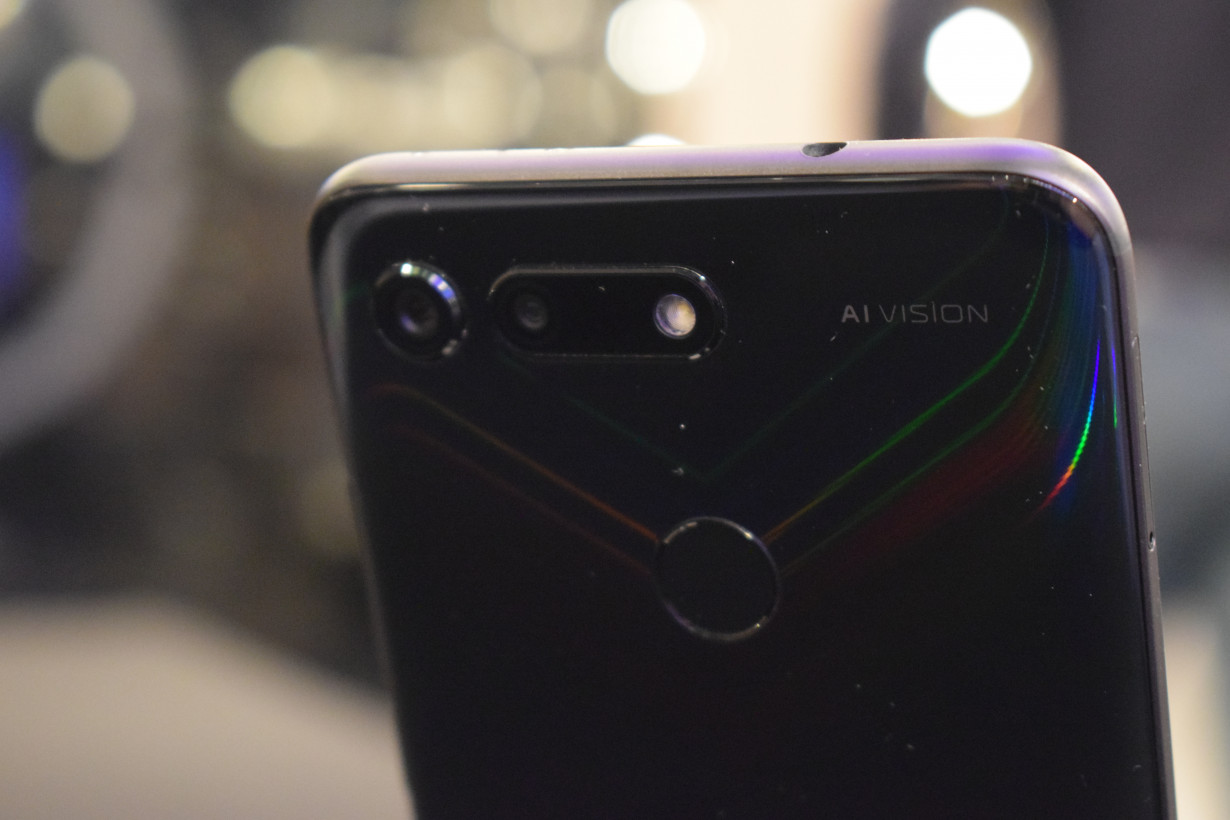
Finally, at the bottom of the phone, you’ll spot the device’s USB-C charging port, as well as a single speaker. I was a little saddened to see Honor didn’t go with a dual-speaker setup, especially considering that this device will inevitably lend itself well to gaming, and sound is such an essential part of that.
Magic UI
Previous Honor devices (except for the China-exclusive Honor Magic 2) come with Huawei’s Emotion UI (often referred to by its acronym, EMUI). The Honor View20 bucks that trend and comes with Magic UI, running on the latest-and-greatest version of Android.
So, I hear you ask, what’s different about Magic UI?
Good question. Truthfully, I haven’t got a clue. When TNW got its grubby mitts on the Honor View20, we struggled to notice any meaningful difference between Magic UI and EMUI. They both looked identical.
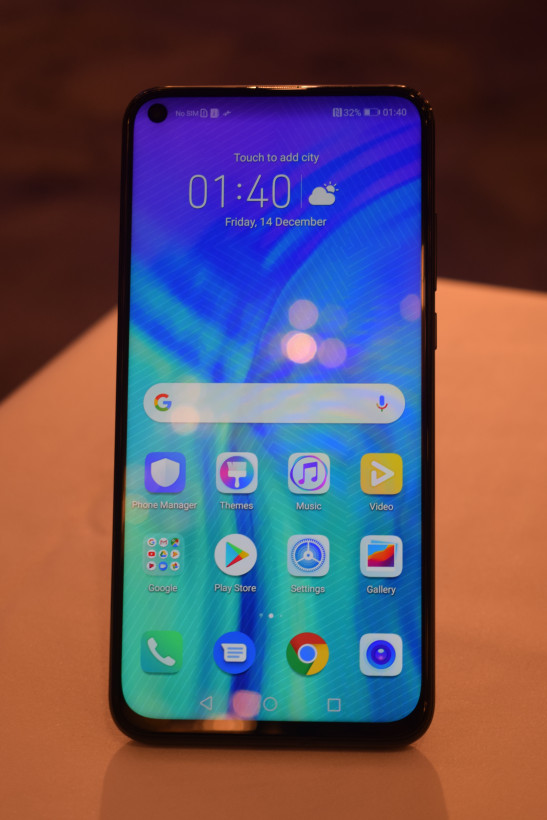
However, from our time speaking with company representatives in China, we know Honor is desperately trying to distinguish itself from its parent company, Huawei. It makes sense that Honor would build its own fork of EMUI and, over time, make it a distinct product. I predict that over the next few years, Magic UI will start to gradually diverge from EMUI, until it’s barely recognizable from its predecessor.
This seems inevitable given the design challenges posed by hole-punch camera designs. For example, within Android, notifications typically appear on the top-left of the display. With the selfie-hole occupying that part of the screen, Honor will have to do some software trickery to ensure that notifications aren’t ultimately buried.
The Rear Camera
The Honor View20 comes with a truly bonkers 48MP rear camera, which is powered by Sony’s cutting-edge IMX586 sensor. This is enhanced by the spectacular AI and image processing features offered by the HiSilicon Kirin 980 chipset, which is also found on the venerable Huawei Mate 20 Pro, as well as the recently-released Honor Magic 2.
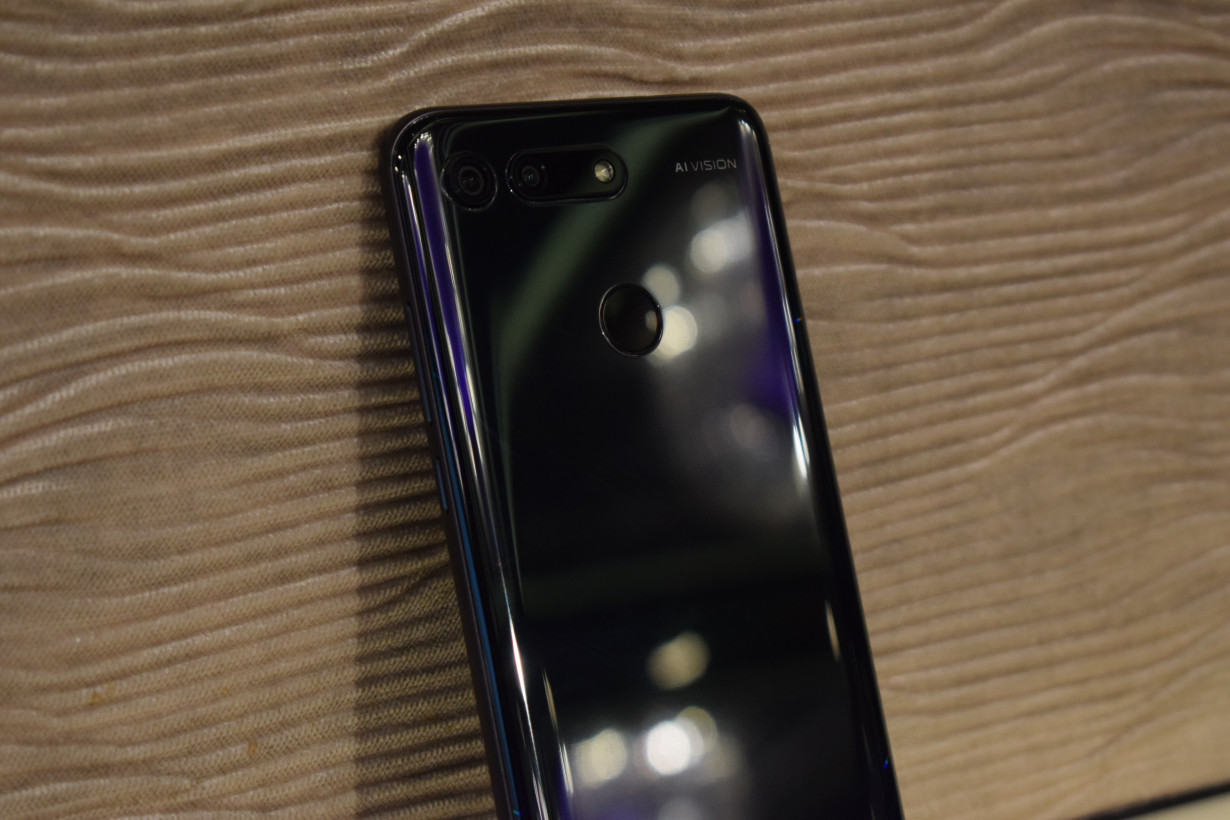
Honor claims that this phone can produce images on-par with a DSLR camera, which is quite a big boast, and one that will inevitably receive a lot of scrutiny. Early photo samples are encouraging, however, and show images that are rich with detail and vibrant with color.
As you’d expect, the Honor View20 comes with Huawei’s Master AI technology, which automatically optimizes photos based on their subject and composition. We’re a big fan of this, and we’re really excited to see what it can produce when paired with such a truly bonkers image sensor.

One new feature, which we’re yet to play around with, is the 3D Time of Flight (TOF) sensor, which promises either to be a game-changer, or a bit of a white-elephant. This works like a Kinect sensor, allowing the user to map physical objects within the environment, and could be useful for augmented reality applications.
Final thoughts
The company hasn’t announced global pricing for the View20 yet, save for its domestic market of China, where the phone comes in three variants.
The entry-level 6GB RAM/ 128GB ROM model will set you back 2999 yuan (about $450 USD). The 8GB RAM/ 128GB ROM model costs 3499 yuan (about $500). For those who love a bit of flash, there’s also a special Moschino variant, which comes with 8GB RAM and 128GB ROM. This retails for close 3999 yuan, or roughly $580.
Honor plans to show off the View20 to the phone-buying world at Las Vegas’ CES trade show, which takes place in early January. As for the formal European launch, this will take place at an invite-only event in Paris, scheduled for January 22. TNW will be there, so keep an eye out for our coverage.
I’m doing my best to hold back my excitement, especially because I had such a limited time to play with the phone. TNW deliberately publishes the lion’s share of its phone reviews long after the embargo has lifted, simply because we know that for most people, phones are major purchases that they’ve got to live with for up to 24 months.
But I’d be lying if I said I wasn’t excited. It looks set to be the standout phone of 2019 – and the year hasn’t even started yet.
The Honor View20 simply ticks so many of my boxes. Great design? Check. Solid specs? Check. Amazing camera? Check. (Probably).
Get the TNW newsletter
Get the most important tech news in your inbox each week.




